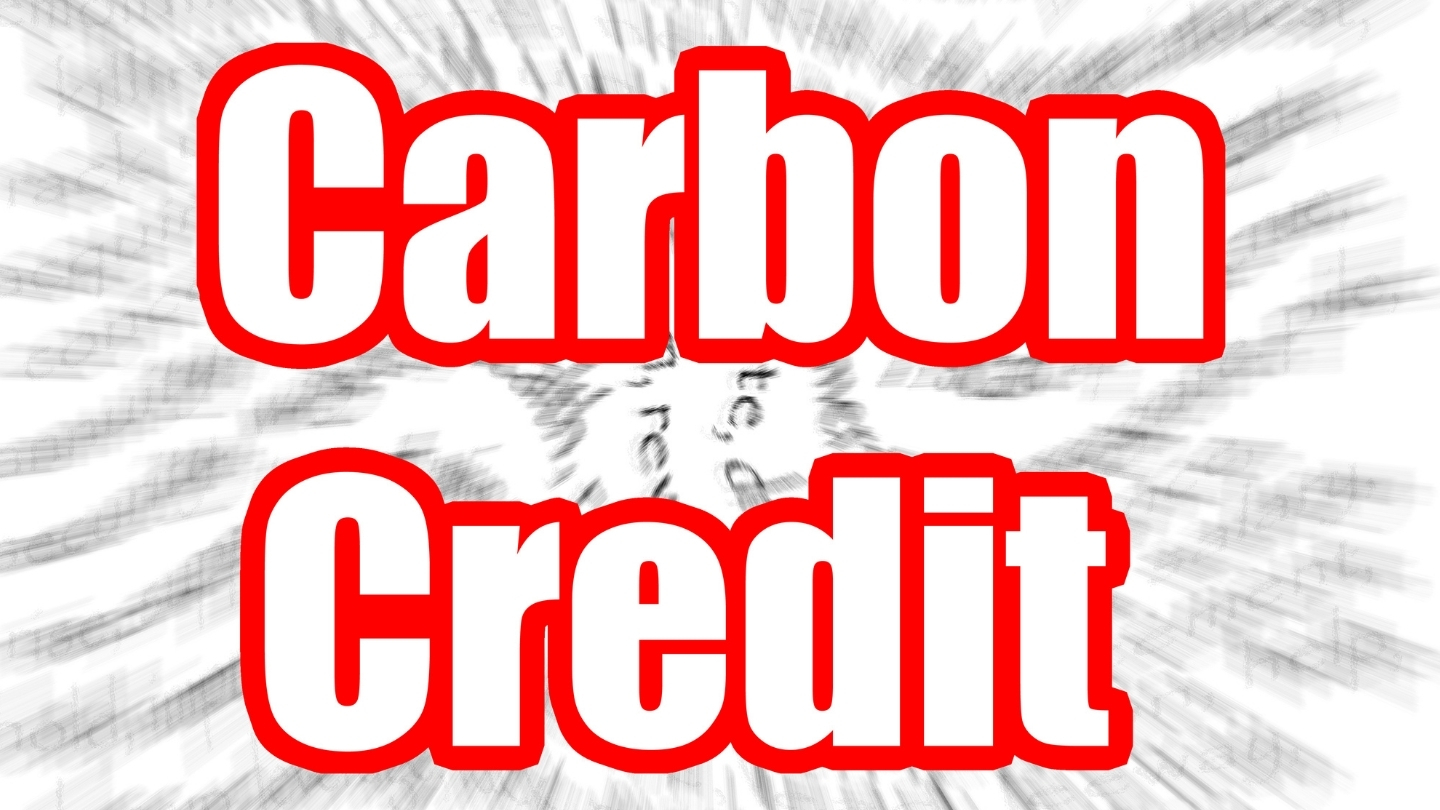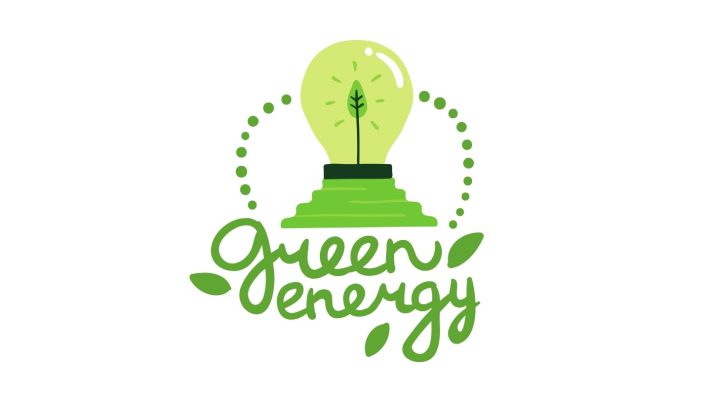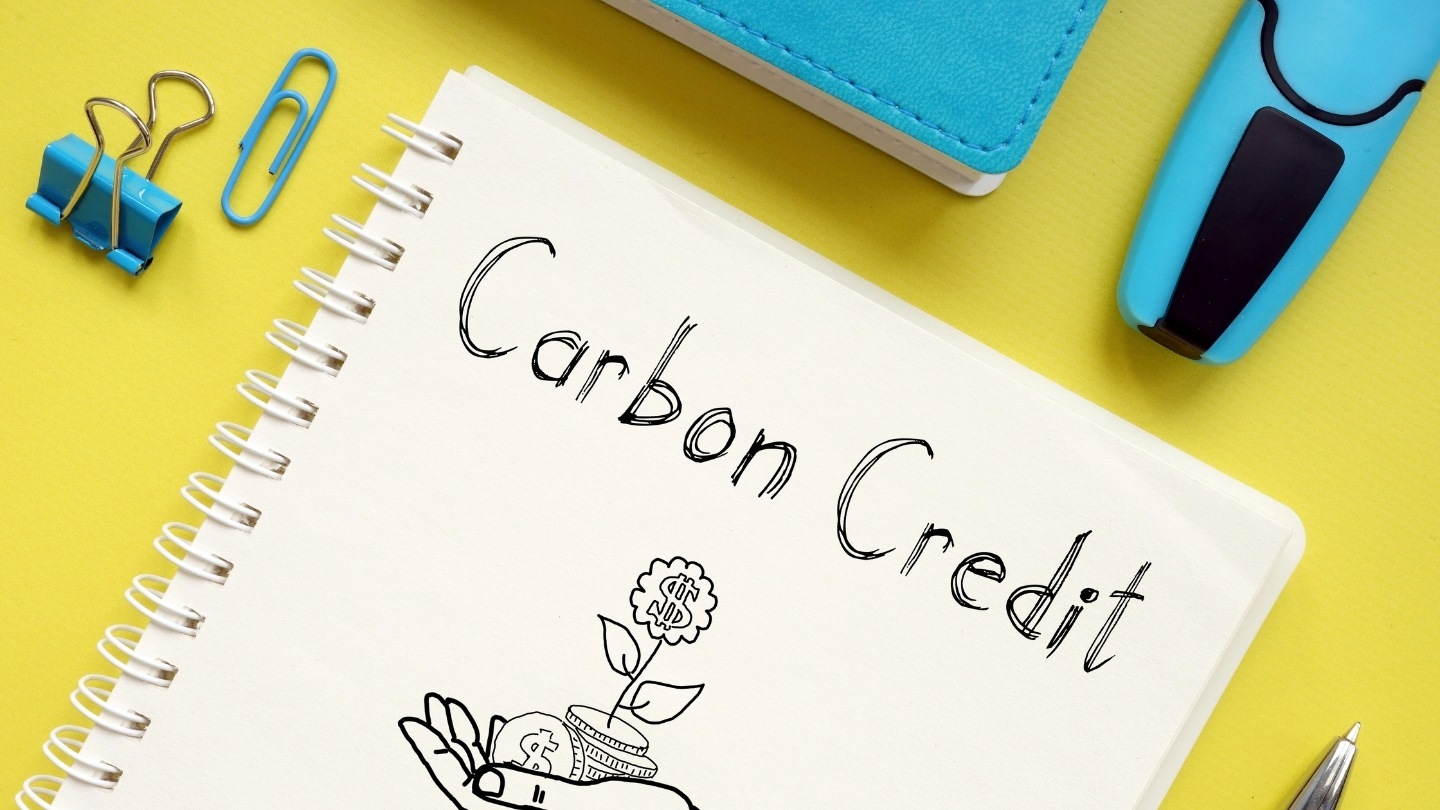Beyond improving operational efficiency and enhancing brand image, reducing CO₂ emissions from energy-efficient boiler systems also opens up a new and attractive financial opportunity: carbon credits – a market-based instrument that is gaining attention among global enterprises.
A carbon credit is a tradable certificate representing the reduction or removal of one metric ton of carbon dioxide equivalent (CO₂e) from the atmosphere. Companies that proactively cut emissions – through technology upgrades, cleaner fuel substitution, or heat recovery – can have their emission reductions verified and converted into carbon credits that hold monetary value in carbon markets.
1. What is a Carbon Credit?
According to the Intergovernmental Panel on Climate Change (IPCC) and mechanisms under the Kyoto Protocol, one carbon credit equals one metric ton of CO₂ or CO₂-equivalent (CO₂e) greenhouse gases reduced or removed from the atmosphere.
Companies that actively reduce their emissions – by adopting cleaner technologies, switching to low-carbon fuels, or capturing waste heat—can quantify and verify these reductions. Once certified, they can be monetized as carbon credits and traded on voluntary or compliance markets.
A carbon credit (also known as a carbon allowance or certificate) is a financial instrument that represents the right to emit one ton of CO₂ or an equivalent amount of other greenhouse gases (tCO₂e) into the atmosphere.
In simpler terms, a carbon credit works like a “permit” that allows its holder to release a specified amount of greenhouse gas. One ton of CO₂ emissions corresponds to one carbon credit.
The core objective of carbon credits is to create an economic incentive for countries, businesses, and organizations to reduce their greenhouse gas emissions by assigning a financial value to emission reductions.

1.1. How carbon credits work
Carbon credit mechanisms typically operate under either a Cap-and-Trade system or through emission reduction projects.
Cap-and-Trade system:
Regulatory authorities (usually governments) set an overall emissions cap that limits the total amount of greenhouse gases (GHGs) certain sectors or companies are allowed to emit over a specific time period.
This cap is then divided into emission allowances (or permits), which are allocated to individual companies.
If a company emits less than its allocated allowance, it holds surplus carbon credits.
If it exceeds its limit, it must purchase additional carbon credits from other companies with excess allowances.
This creates a carbon market where credits are bought and sold, providing a financial incentive for businesses to invest in cleaner technologies and reduce emissions.
Emission reduction projects:
Projects that reduce or remove greenhouse gas emissions – such as reforestation, renewable energy development, or energy efficiency improvements—can generate carbon credits equivalent to the volume of CO₂e they help reduce or sequester.
These credits can then be sold to organizations, businesses, or countries seeking to offset their emissions.

1.2. Example: How Carbon Credits work in practice
Consider two manufacturing companies: Company A and Company B.
The government sets an annual emissions cap of 100 tons of CO₂ per company, equivalent to 100 carbon credits.
Company A invests in energy-efficient technology and emits only 80 tons of CO₂ during the year. As a result, it holds 20 surplus carbon credits.
Company B, due to outdated equipment or increased production needs, emits 120 tons of CO₂, exceeding its cap by 20 tons.
To remain compliant, Company B must purchase 20 carbon credits from Company A on the carbon market.
Company A gains additional revenue by selling its excess credits, while Company B is able to continue operations without violating environmental regulations.
2. Financial benefits for businesses
Carbon credits can be traded on international exchanges, providing a new revenue stream for companies that successfully reduce emissions. Well-known platforms and standards include:
EU ETS (European Union Emissions Trading System): The world’s largest and most established carbon market, operating under a cap-and-trade system.
Verra – Verified Carbon Standard (VCS): One of the largest voluntary carbon credit standards, providing rigorous frameworks to certify emission reduction projects globally.
Gold Standard: A trusted voluntary certification scheme supported by WWF and other NGOs, focusing on projects that reduce emissions and support sustainable development.
The value of carbon credits varies depending on the market type (compliance or voluntary) and the certification standard used, such as ISO 14064 or the GHG Protocol.
According to the Bloomberg Carbon Market Report 2024, prices in voluntary markets range from 5 to over 100 USD per ton of CO₂e, depending on project quality and market conditions.
Prices under the EU ETS are typically higher, reaching 70 to 80 EUR per ton of CO₂e (approximately 75 to 85 USD) in early 2024.
Practical revenue example
If a company adopts energy-saving boilers and related technologies, reducing 1,000 tons of CO₂e annually, its potential revenue from carbon credits could range from:
5,000 to 100,000 USD per year
(based on a price range of 5 to 100 USD per ton of CO₂e)
This is equivalent to approximately 127 million to 2.5 billion VND per year (using an exchange rate of 1 USD = 25,500 VND).
This presents a significant financial opportunity that complements production and enhances overall energy efficiency.
3. Export opportunities and Global incentives
Beyond direct financial returns, companies that proactively manage carbon emissions according to international standards gain competitive advantages in global trade:
ISO 14064 – Greenhouse Gas Inventory Standard
This standard is widely recognized in developed markets such as the EU, Japan, and Canada, particularly in energy-intensive sectors. Certification demonstrates transparency and a commitment to emissions reduction.
CBAM (Carbon Border Adjustment Mechanism)
Set to take effect in 2026, the EU’s CBAM requires exporters in sectors such as steel, paper, textiles, cement, and chemicals to disclose embedded carbon content. Without effective emissions control, exporters may be subject to a carbon tax at the EU border.
Investing in energy-efficient boilers today helps companies avoid future cost risks and aligns them with global green supply chain requirements — increasingly prioritized by multinational buyers and regulatory bodies.

